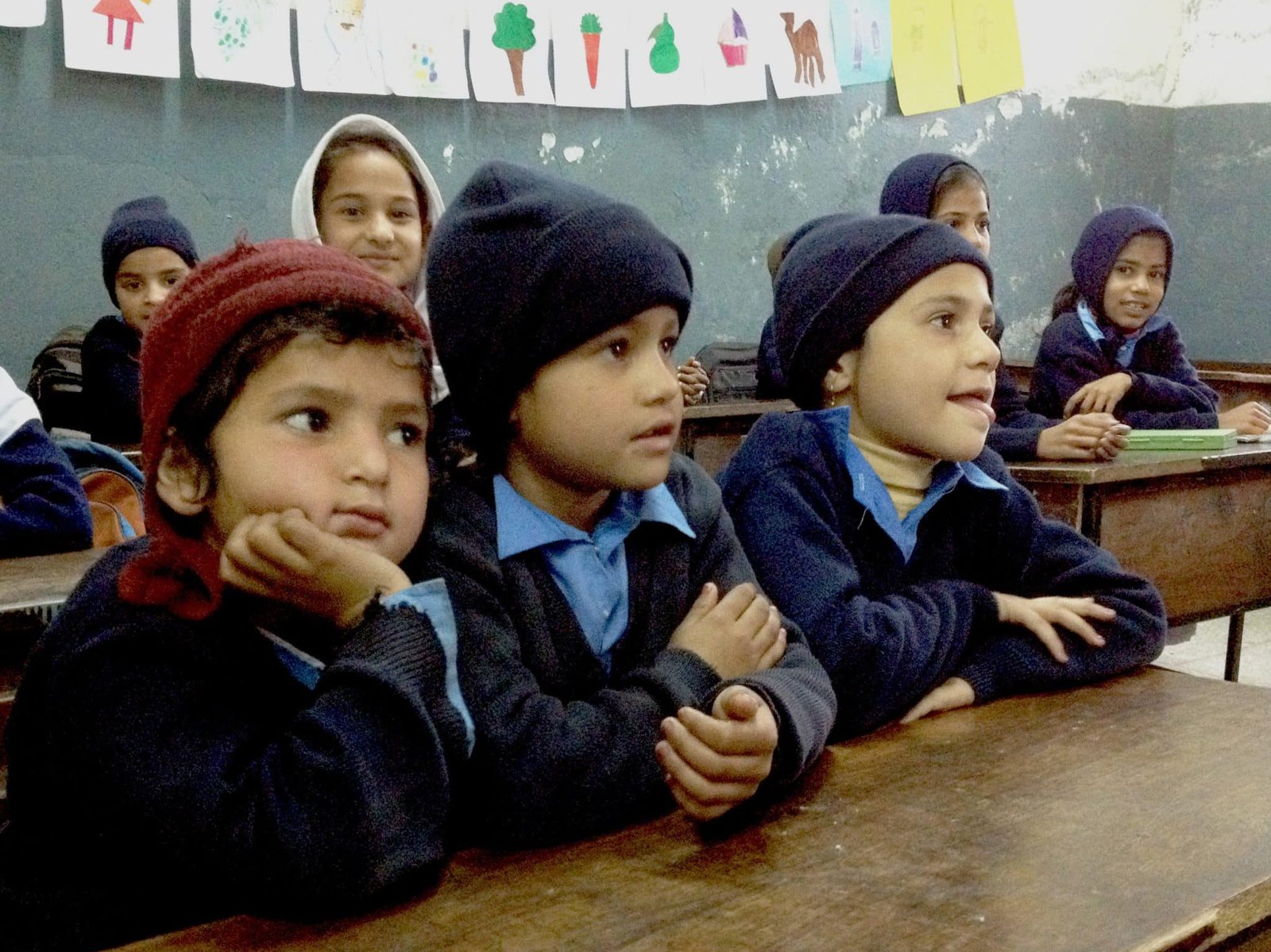Gender disparities persist within the education landscape, with girls notably lagging behind boys in enrollment rates, especially within the poorest quartiles of society.
In a recent revelation, the Annual Status of Education Report (ASER) has brought to light troubling trends within Sindh’s education sector, highlighting a persistent decline in children’s learning levels despite a notable increase in enrollment rates throughout 2023. The report, launched with the Education Minister as the chief guest, underscores the enduring impact of challenges posed by the COVID-19 pandemic and the 2022 floods on educational outcomes in the region.
The ASER report, which primarily focuses on measuring foundational literacy and numeracy among students aged between five and 16 years in Sindh, indicates that learning losses have persisted, showcasing a continued downward trajectory in learning levels compared to pre-pandemic times, notably 2019.
A significant highlight of the report is the marked increase in enrollment rates, both in early childhood education (ECE) and among 6-16-year-olds, reflecting a positive trend in the demand for education across Sindh. Enrollment rates for 6-16-year-olds have surged to 86%, indicating a growing recognition of the importance of education among communities in the province.
However, amidst the improvement in enrollment rates, the ASER report also sheds light on several challenges. Particularly concerning is the observable shift towards private schooling in rural areas, with the percentage rising from six percent in 2021 to 12 percent in 2023. Despite this, government schools continue to cater to the majority (88%) of six-16-year-olds.
Gender disparities persist within the education landscape, with girls notably lagging behind boys in enrollment rates, especially within the poorest quartiles of society. Additionally, a concerning dip in learning levels has been observed, particularly in rural Sindh, with declines noted in reading comprehension and arithmetic skills among fifth graders.
Furthermore, the ASER report underscores the impact of climate change on education, revealing that only 18% of households reported awareness of climate change. Natural disasters, exacerbated by climate change, have significantly impacted the psychological well-being of households, emphasizing the urgent need for climate-resilient education strategies.
The report also offers insights into the state of infrastructure and resources in schools across Sindh. Despite improvements in teacher attendance, basic facilities in government schools, such as clean drinking water and sanitation, have witnessed a decline due to recent floods, further exacerbating the challenges faced by students and educators alike.
In conclusion, the ASER report serves as a compelling call to action for policymakers and stakeholders to address the multifaceted challenges confronting the education sector in Sindh. Urgent efforts are needed to not only improve learning outcomes but also to bridge gender disparities and ensure inclusive and quality education for all children in the province.
